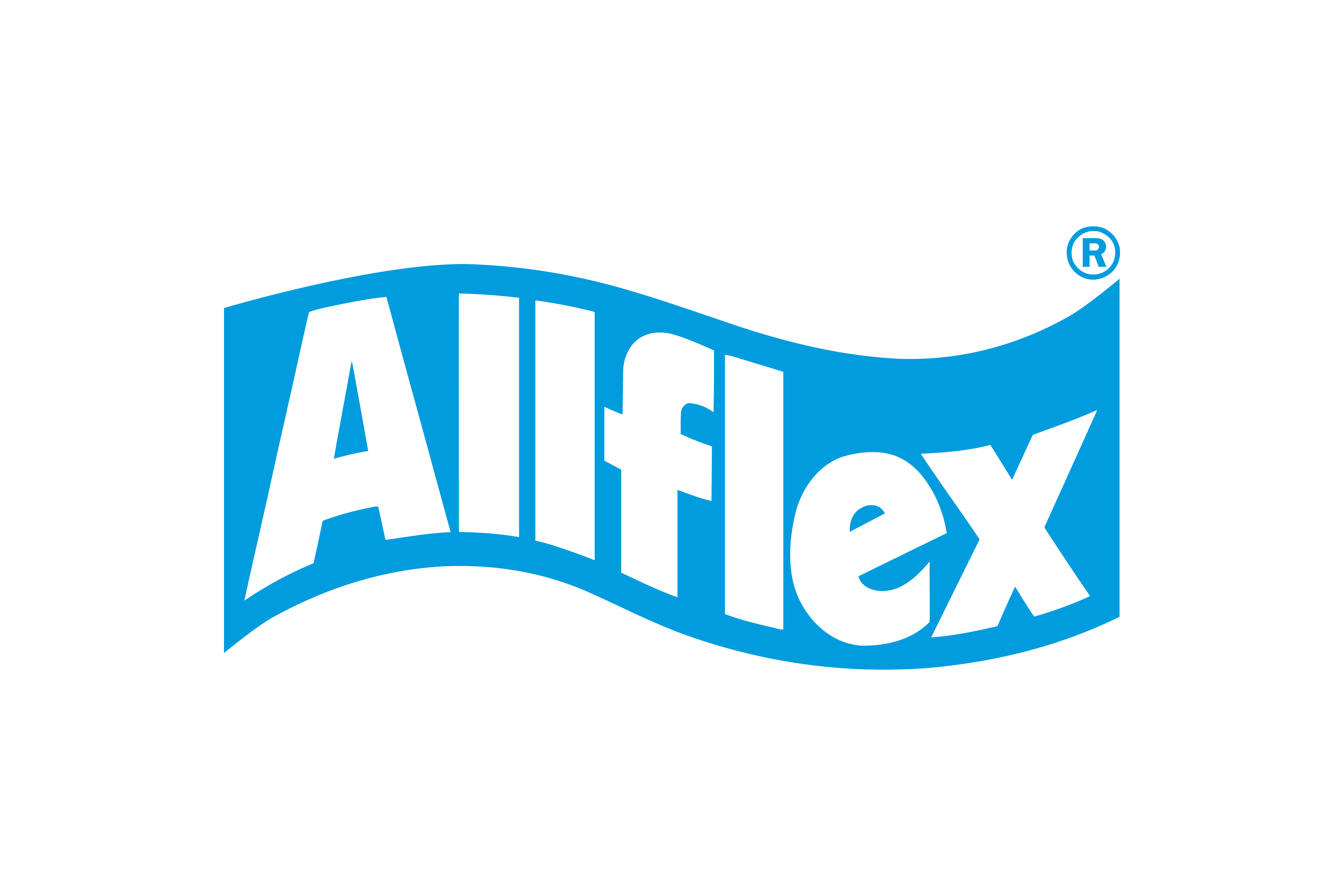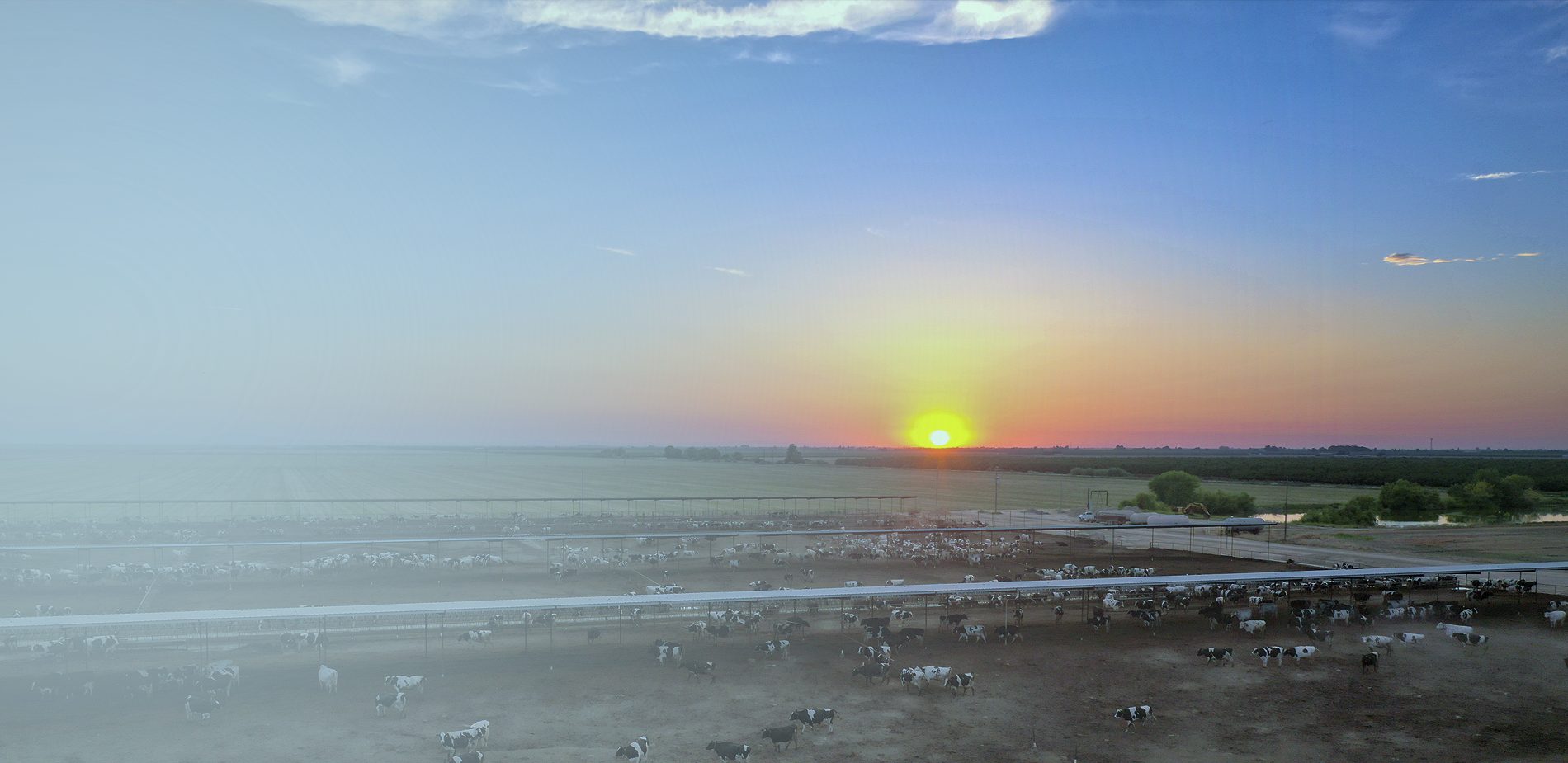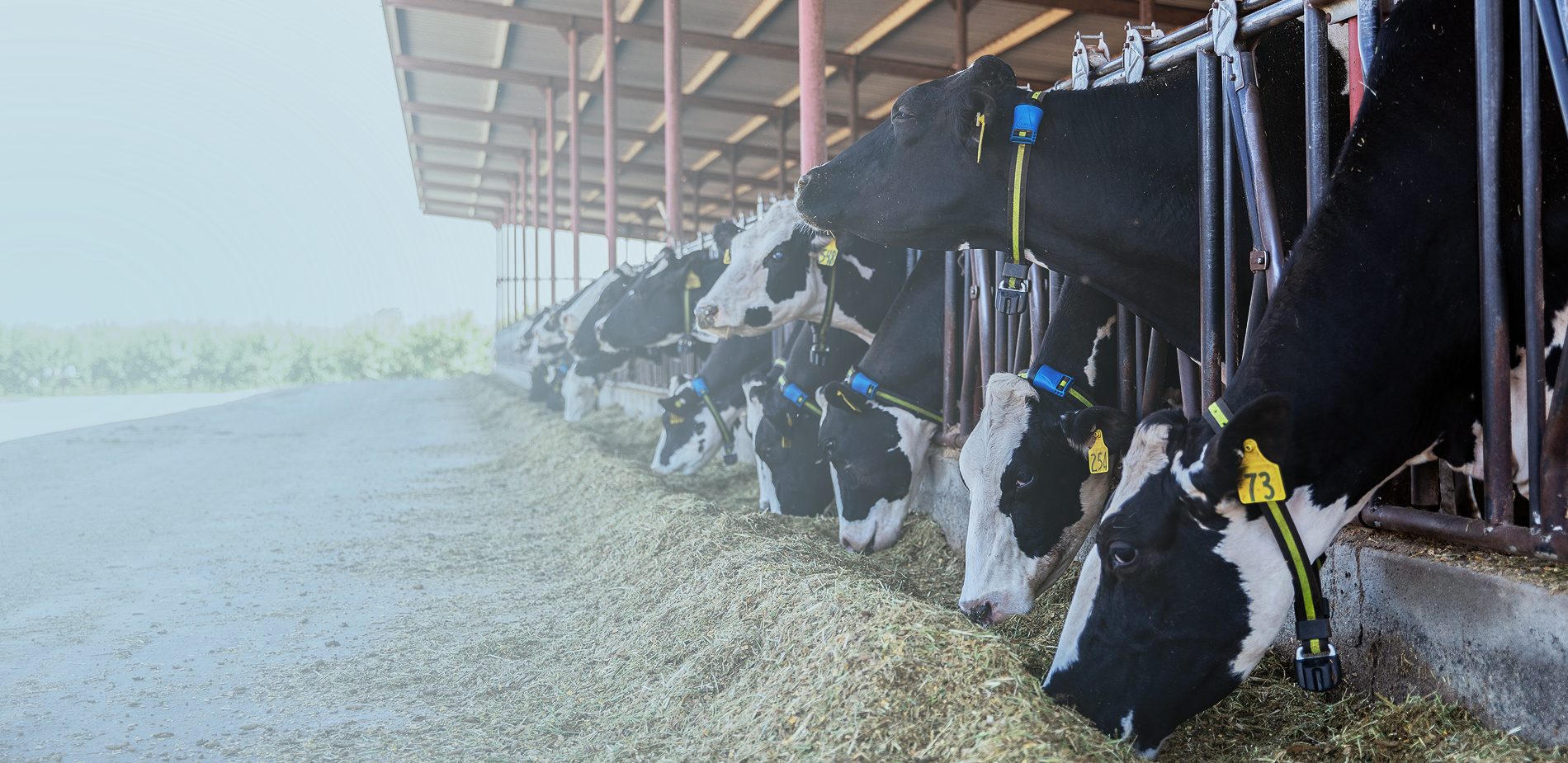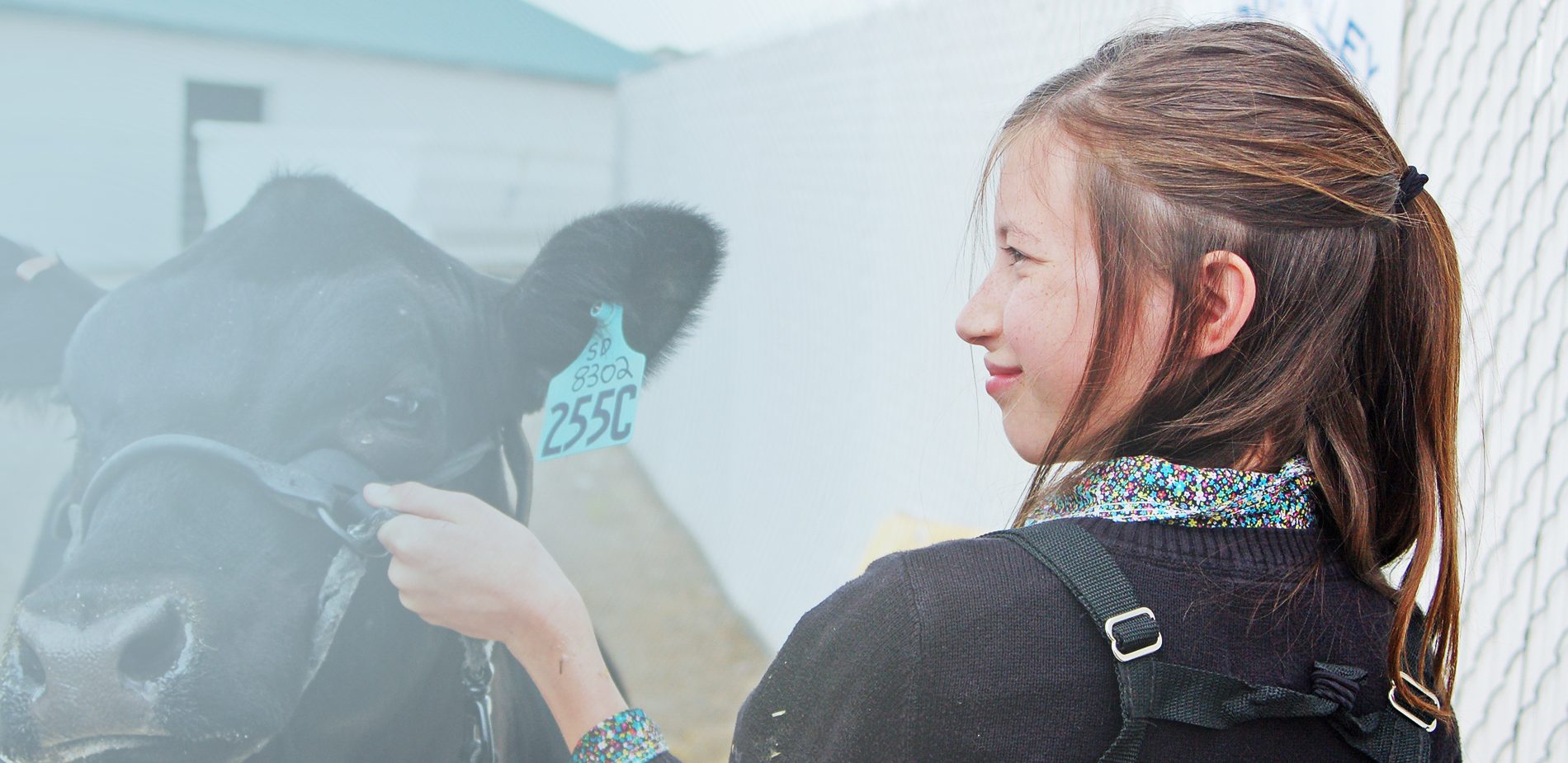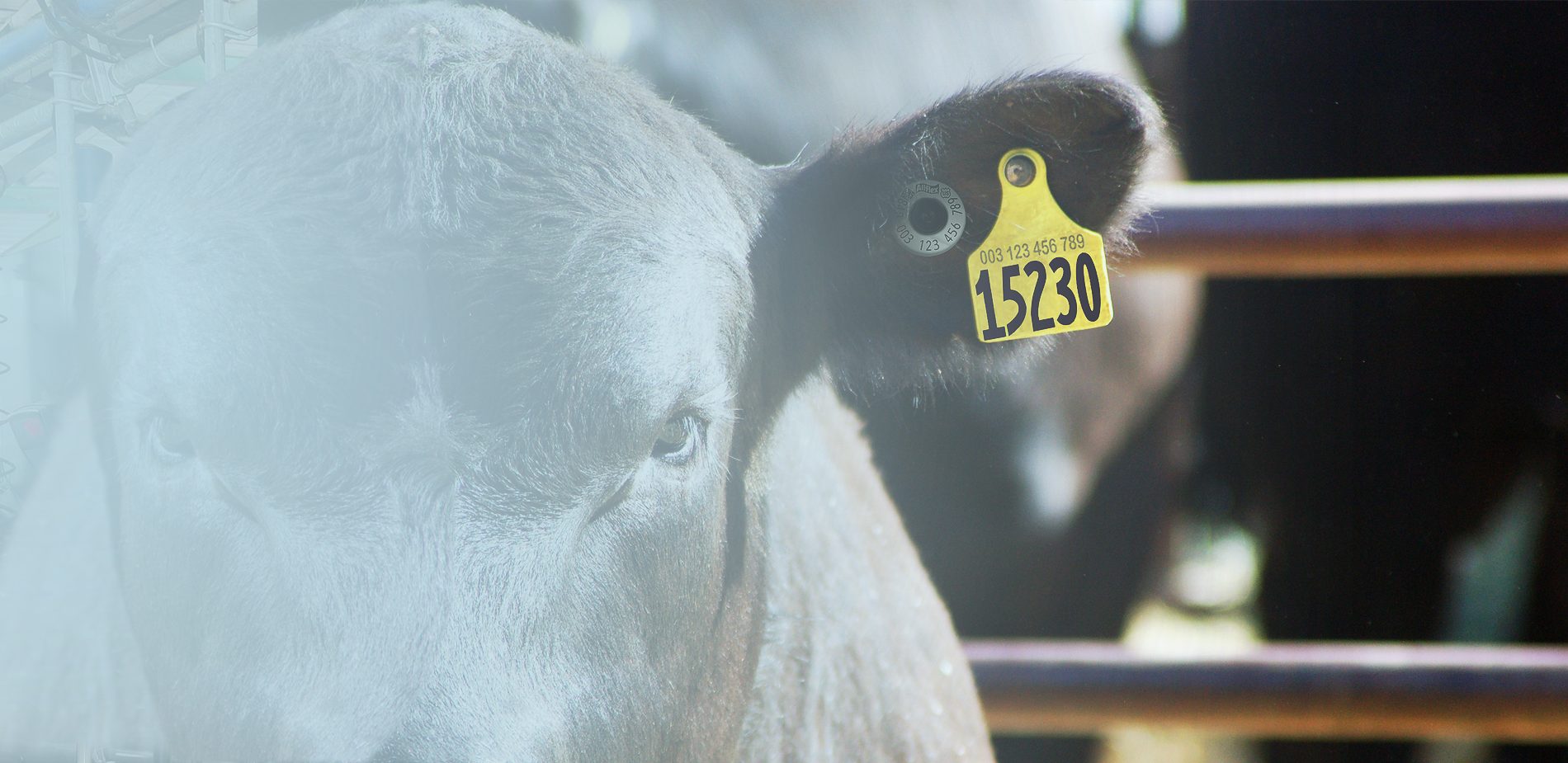Sustainable Agriculture – Finding ways to efficiently produce safe, high-quality agricultural products
During the past decade, the consumption of animal protein including meat and dairy-based products has received a lot of criticism based on animal welfare and environmental concerns. According to the Food and Agriculture Organization of the United Nations (FAO), livestock agriculture is responsible for 14.5% of the total release of greenhouse gases worldwide, with cows accounting for 65% of the total emissions. The livestock sector also uses approximately one-third of the world’s arable land and 8% of global water – making it the world’s largest consumer of natural resources.
Based on these concerns, we would expect the demand for animal-based protein to decrease. But while alternative meat and dairy products may be receiving a lot of media attention in developed countries, this is definitely not the case in the rest of the world. In fact, the demand for meat and dairy is increasing drastically and, also according to FAO, livestock is still an integral part of the nutrition security of approximately 1.3 billion people around the world. This increasing demand is the result of several factors, which include a growing global population that is expected to exceed 9 billion by 2050, a growing middle class, and increased life expectancy, urbanization, and migration.
In addition to meeting this growing demand for animal protein, there are other reasons why the meat and dairy sectors are still central to the world economy. For starters, a huge number of people around the world are directly or indirectly employed in animal protein production and rely on this sector for their livelihood. Another reason is that agriculture incorporating sustainable livestock management can actually contribute to restoring ecosystems. By grazing in grasslands where other crops cannot grow, livestock converts the grass into food that can be consumed by humans. This also helps to retain the grasslands, which in turn restore the soil, take carbon out of the atmosphere, and soak up heavy rain to reduce the risk of flooding. In addition, cattle and other ruminants consume residues and by-products from human food and convert them into high quality protein; and their manure can be recycled into fertilizers for crop production.
But how can we continue to provide high-quality animal protein to a growing global population when our current livestock management systems are not sustainable and we’re already depleting limited resources?
The answer lies in sustainable agriculture, which involves finding ways to efficiently produce safe, high-quality agricultural products in a manner that protects and even improves the environment where possible. Likewise, sustainable agriculture is also about improving the socioeconomic conditions of farmers and their employees. All this while also safeguarding animal health and welfare.
If we apply this to livestock and dairy farming, it means that farmers will need to reduce the amount of land, energy, and water resources they use to produce meat or milk –in other words, find ways to do more with less.
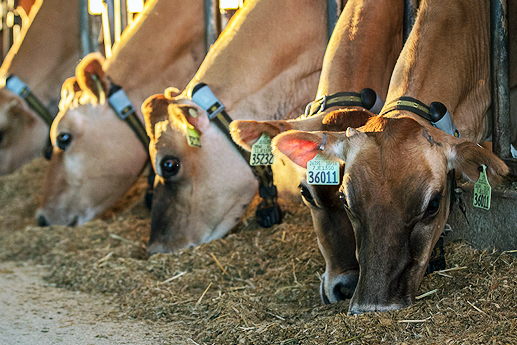
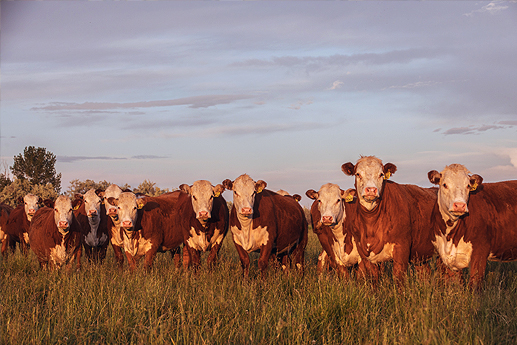
Contributing to a more sustainable future with digital livestock management technology
Innovative digital technologies present farmers with a unique opportunity to transition the livestock and dairy sector toward more sustainable development and also communicate their efforts with food producers and end consumers. By adopting smarter livestock management models based on digital technologies, farm operations of all sizes can optimize the size of their herds to maximize their production levels and practices, while still reducing adverse impacts on natural resources or animal welfare. These models include individual animal identification and monitoring, which use identification tags and sensors to identify and continuously monitor animals from the time they are born for key performance indicators related to animal health and mortality, feed conversion rate (FCR) productivity, reproduction, energy efficiency, environmental impact, use of resources, and output.
Allflex helps farmers do more with less
At Allflex, we provide intelligent and comprehensive livestock management systems that include livestock identification and monitoring solutions. Identification is the basis for gathering and managing livestock information and farmers around the world use our tissue sampling tags and collectors, Electronic Identification (EID), applicators, and EID readers to gather information about livestock health and wellbeing.
This, together with our smart livestock monitoring systems such as SenseHub™, enables farmers to closely monitor all of their cattle, from birth to culling, and receive actionable information about the reproductive, health, nutritional, and wellbeing status of individual cows and groups. The collected information and insights can then be used by farmers to create a comprehensive strategy for producing more with the resources they already have.
For example, they can use accurate heat detection to reduce the calving intervals of dairy cows and increase the milk yield per animal. They can also track parameters such as panting to measure their heat levels and manage barn ventilation and water-cooling systems accordingly. This is one way of reducing the stress levels of their livestock.
Farmers can also use this valuable data to implement precision feeding, where feed changes together with how the cows react to them are tracked and monitored. This is then used to build a nutrition plan so that each cow is given the right amount of feed, with the right nutrient composition, and at the right time to optimize resource usage, maximize individual growth rates and milk production, and even reduce methane emissions.
Ongoing research on sustainability strategies for livestock farming
At Allflex we understand the importance of meeting the increasing demand for animal protein without compromising the needs of future generations. This is reflected in our ongoing investment in research, innovation, and technology that contribute to a smart and sustainable future by increasing the productivity of animal production with the same amount of resources.
Recently, we collaborated with several large agricultural players in Denmark to monitor animals using our electronic identification tags (EID) and monitoring solutions, and measure the amount and types of feed they eat and how this affects the emissions they give off into the atmosphere. We believe that such projects will help optimize the usage of limited resources by finding alternative feed sources, and also reduce farm animal emissions.
Let’s work together to build a more sustainable future by producing more, with fewer inputs while improving animal wellbeing and transparency across the food chain. Need some help integrating more sustainable livestock management practices on your farm? Contact us for more information.
"*" indicates required fields
